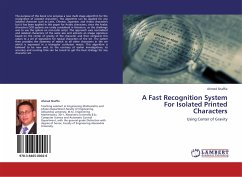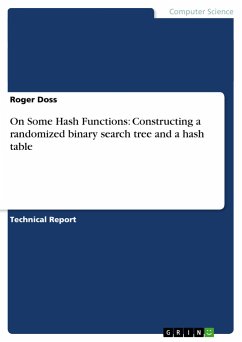The Tangut Kingdom was established by the Tangut ethnic group in 1038 and coexisted with the Northern Song Dynasty for 189 years. The Tangut characters were born in the early 11th century and belongs to the Qiang ethnic language branch of the Sino Tibetan language family. They are the synthetic scripts that use an ideographic system, with complex shapes, numerous strokes, and extremely high similarity between the components that make up the script.Structurally, the Tangut characters can be divided into two categories: simple characters and compound characters. Compound characters are further divided into composite characters, interchangeable characters, and symmetrical characters. Composite characters are composed of multiple components, interchangeable characters can be replaced or exchanged on the components, while symmetrical characters have symmetrical structures on both sides. This book discusses the construction method and process of the knowledge graph of the Tangut characters and their components.
Bitte wählen Sie Ihr Anliegen aus.
Rechnungen
Retourenschein anfordern
Bestellstatus
Storno








